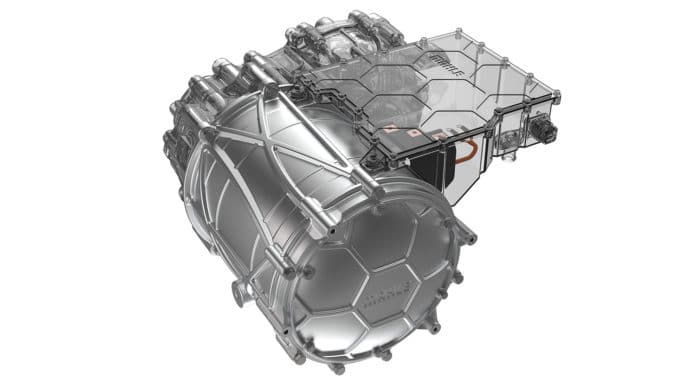When it comes to rare earth metals, many immediately think about batteries, but they are also indispensable for electric motors in reality. Neodymium, for example, is typically used for the production of magnets, which in turn, in most cases, are necessary for the operation of these motors.
The German company MAHLE, however, is developing a new kind of magnet-free electric motor that does not require rare earth elements. This makes production more environmentally compatible and brings advantages in terms of costs and resource security.
The central feature of the new motor is the inductive and thus contactless power transmission – this makes the motor wear-free and particularly efficient, especially at high speeds. The new magnet-free motor also has a higher than average efficiency, which is above 95% at almost all operating points. Only the engines of the Formula E single-seaters, at the time, could boast similar values.
Another strong point of the magnet-free motor concerns the ability to meet the needs of the most diverse vehicles, from city cars to high-performance electric cars, passing through vans and commercial vehicles in general. The new electric motor is also characterized by a high degree of durability because the necessary transmission of electrical currents between the rotating and stationary parts inside the motor takes place without contact and is therefore wear-free. This makes the engine maintenance-free and suitable for a wide range of applications.
“Our magnet-free motor can certainly be described as a breakthrough because it provides several advantages that have not yet been combined in a product of this type,” says Dr. Martin Berger, Vice President Corporate Research and Advanced Engineering at MAHLE. “As a result, we can offer our customers a product with outstanding efficiency at a comparatively low cost.”
MAHLE uses an innovative simulation process in which various motor designs are adjusted along with different parameters until an optimum is found. This approach is significantly faster and cheaper than conventional processes.
